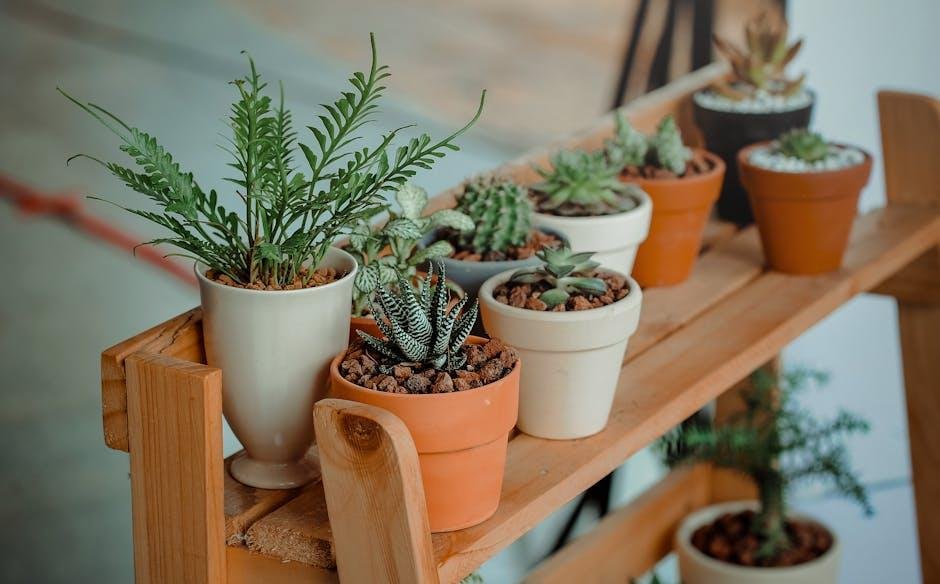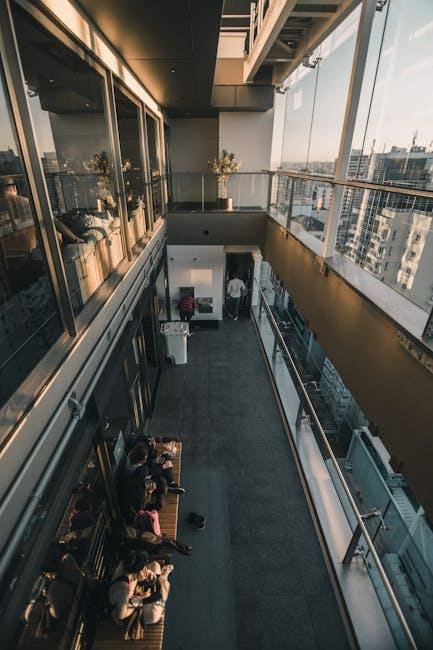Unlocking the potential of Vertical Space: A Guide to Elevated Living
In a world where urban living frequently enough means embracing smaller square footage, the art of maximizing vertical space has never been more essential. as we navigate the challenges of compact environments,from cozy apartments to bustling offices,the way we utilize our surroundings can redefine not just our storage solutions but our overall outlook on design and functionality. Vertical space, frequently enough overlooked in favor of more conventional layouts, offers a wealth of opportunities to enhance both aesthetics and efficiency. In this article, we will explore innovative strategies and creative solutions that empower us to reach new heights—literally and figuratively—transforming the way we organize, decorate, and interact with our spaces. From eye-catching shelving ideas to the clever use of wall-mounted decor, discover how to elevate your living and working areas by harnessing the untapped potential that lies above the ground.
Maximizing Vertical Storage Solutions for Every Room
Transform your living space into a well-organized haven by effectively harnessing the power of height.From floor-to-ceiling shelving units to strategically placed racks, vertical storage can redefine how you use your rooms. Consider incorporating floating shelves over sofas or desks to display books and decorative items without consuming valuable floor space. For closets, using hanging organizers can make the most of those underutilized areas above your head and keep everything accessible and tidy.
Modular systems can also play a crucial role in achieving your vertical storage goals. These flexible solutions allow for customization according to your room’s layout and your specific needs.Implement multi-functional furniture, such as ottomans with hidden compartments or beds with built-in drawers, to elevate storage options without compromising the aesthetic.
| Savvy Storage solutions | ideal Locations |
|---|---|
| Corner Shelves | Living Room, Kitchen |
| Over-the-Door Racks | Bathrooms, Bedrooms |
| Stackable Bins | Pantry, Garages |
| Wall-Mounted hooks | Entrances, Mudrooms |

Transforming Walls into Functional Displays
Imagine transforming blank walls into vibrant pieces of art that serve more than just aesthetic purposes. By incorporating shelves, pegboards, and modular units, you can create a striking visual appeal while maximizing storage and association. Floating shelves can showcase books, plants, or decorative items, while pegboards allow for a customizable arrangement for tools or crafts. The integration of multi-functional furniture, such as a wall-mounted desk or foldable tables, not only provides essential workspaces but also frees up valuable floor space. These elements combine to make your walls work double-duty, making the area both stylish and functional.
To harness the potential of vertical space, consider implementing a zone-based approach. This involves dividing your wall area into distinct sections that cater to various activities or styles. Organize your space into categories such as:
- Art display: Showcase your favorite artwork or photos in an eye-catching gallery wall.
- Plant wall: Use wall-mounted planters or vertical garden structures to breathe life into your space.
- Work zone: Hang essential tools or office supplies neatly with effective organizers.
- Reading nook: Designate an area with shelves for easy access to your favorite books.
By thoughtfully organizing your vertical space, you create an inviting and efficient home environment where every wall tells a story.

Incorporating plants to Enhance Vertical Aesthetics
Integrating greenery into vertical designs not only beautifies an area but also promotes a sense of tranquility and rejuvenation.A few strategic choices can transform blank walls into living canvases filled with vibrant colors and textures. To achieve this, consider using various types of plants that thrive in vertical arrangements:
- Hanging plants: Such as pothos and spider plants, which trail gracefully.
- Vertical planters: Wall-mounted units that can house a variety of herbs or succulents.
- Living walls: Panels with a selection of diverse plant species that can serve as eye-catching features.
These arrangements not only enhance the aesthetics but also contribute to better air quality and overall well-being.
When designing your vertical garden, it’s essential to consider the maintenance requirements to ensure longevity and vibrancy. Factors such as light availability, water drainage, and plant compatibility play a crucial role in the success of your vertical arrangement. Here’s a simplified guide to help you choose the right plants and layout:
| plant Type | Light requirement | Water Needs |
|---|---|---|
| Pothos | Low to Bright Indirect | Moderate |
| Succulents | Bright Direct | Low |
| Ferns | Moderate to Low | high |
By carefully selecting plants that complement the environmental conditions and your aesthetic vision,you can create an enchanting vertical space that invites nature indoors and serves as a stunning focal point in any room.

Designing with Height: Tips for Balanced Visual Appeal
Maximizing the use of vertical space can transform a mundane design into a captivating spectacle. When layering elements,consider the height of each component to establish a visual hierarchy that guides the viewer’s eye. By incorporating a mix of tall and short elements, you create dynamic contrasts that provoke interest and encourage exploration. Utilize vertical lines to draw attention and direct flow, ensuring that your arrangement balances empty spaces with filled areas, thus avoiding any overwhelming clutter.This method not only enhances aesthetics but also increases the functionality of the space.
Furthermore,employing techniques such as suspension and overlapping can amplify the depth of your design. Using floating shelves, wall-mounted art, or hanging plants adds varied heights, instantly adding richness to your space. Additionally, consider these strategies for optimizing vertical space:
- Layer elements: Create levels with furniture or decor to add depth.
- Use mirrors: They can reflect light and visually expand verticality.
- Create focal points: Position taller features like bookshelves or plants as centerpieces.
| Element | Height Impact | Visual effect |
|---|---|---|
| Bookshelves | Draws eye upward | Creates a focal point |
| Wall-mounted art | Utilizes empty walls | Adds personality |
| Hanging plants | Softens hard surfaces | Enhances tranquility |
To Conclude
As we navigate the realms of our living and working spaces, it becomes increasingly clear that how we utilize vertical space can redefine our environments. From towering bookshelves that invite exploration to wall-mounted planters that breathe life into our surroundings, the possibilities are as diverse as our individual tastes. By embracing verticality, we not only declutter our floors but also foster a sense of openness and creativity that can transform even the smallest of areas.
So, as you embark on your journey to optimize your vertical space, remember that every wall, nook, and cranny holds potential.With thoughtful planning and a dash of creativity, you can craft spaces that reflect your personality while improving functionality. Step back, look up, and let your walls work for you—who knows what heights your creativity can reach?



